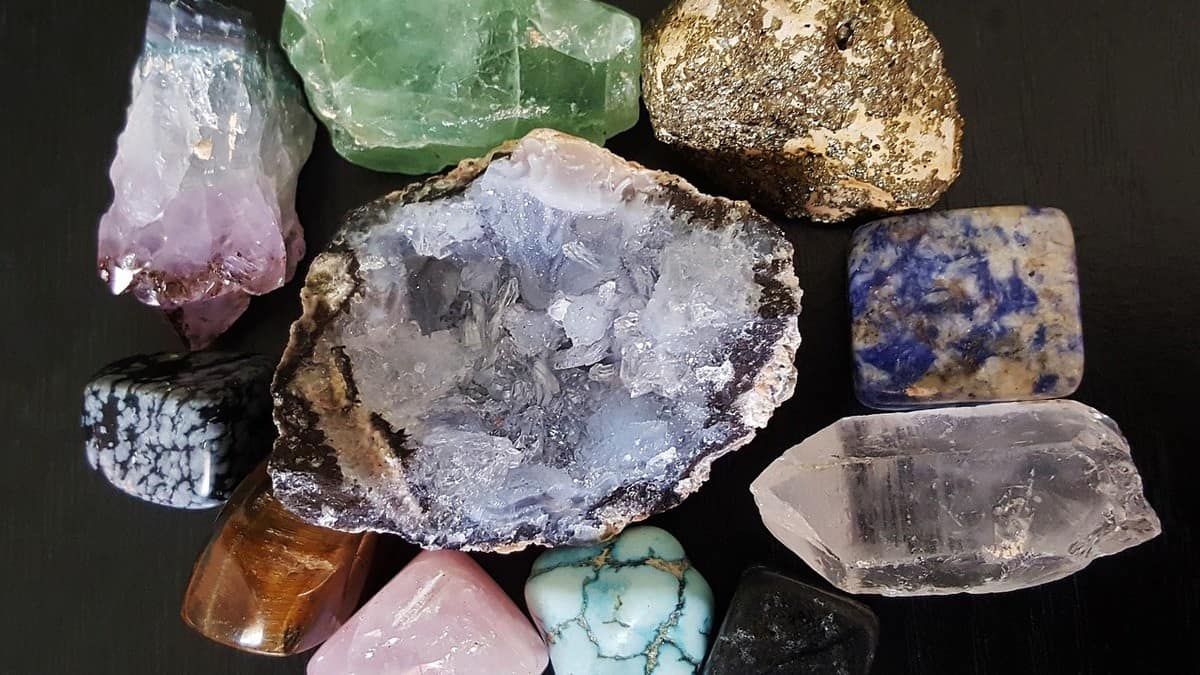Rare earth materials are critical in the production of a variety of high-tech products. They are particularly utilized in the fabrication of high-performance magnets, which are essential elements in a wide range of technologies. Researchers have been exploring novel magnetic materials that can replace these extremely limited components for years.
According to CleanTechnica, University of Cambridge researchers and Austrian colleagues suggests that Tetrataenite has the potential to replace rare earth minerals in magnets. For those unaware, it is a “cosmic magnet” that develops naturally in meteorites over millions of years.
In hindsight, Tetrataenite has already been attempted in the lab using aggressive and unfeasible techniques. However, the researchers claim that they have discovered a means to circumvent those earlier methods by utilizing phosphorous.
The researchers suggest in a study published in the journal Advanced Science that it would be possible to manufacture and mass-produce Tetrataenite without using expensive or specialized methods.
Supply issues
Unfortunately, despite their abundance in the Earth’s crust, they are difficult to mine. Furthermore, most of its production is currently centered in China, causing supply issues.
According to Innovation News Network’s interview with Professor Lindsay Greer of Cambridge University’s department of materials science and metallurgy:
“Rare earth deposits exist elsewhere, but the mining operations are highly disruptive, as you have to extract a huge amount of material to get a small volume of rare earths. Between the environmental impacts and the heavy reliance on China, there’s been an urgent search for alternative materials that do not require rare earths.”
Tetrataenite as substitute
Researchers have been exploring approaches to collecting iron-nickel alloy from new sources (like wastewater). They have also explored recycling them from old batteries and devices.
In retrospect, Tetrataenite was created in the 1960s by bombarding iron-nickel alloys with neutrons. This approach causes the atoms to arrange themselves into the required ordered stacking. However, it cannot be used for large-scale production, though.
“Since then, scientists have been fascinated with getting that ordered structure, but it’s always felt like something that was very far away,” Greer says.
As a meteorite cools gradually over millions of years, the Tetrataenite develops. As per the report, this provides the “iron and nickel atoms enough time to order themselves into a particular stacking sequence within the crystalline structure, resulting in a material with magnetic properties similar to those of rare earth magnets.”
Phosphorus’ role in the feasible production of Tetrataenite
Finally, Greer and his colleagues at the Montanuniversität in Leoben and the Austrian Academy of Sciences have discovered a feasible substitute that does not need those severe approaches.
Interestingly, the researchers looked at the mechanical characteristics of iron-nickel alloys that contained phosphorus found in meteorites. These materials had a phase pattern that indicated the anticipated dendritic growth structure.
First author Dr. Yurii Ivanov, who finished the project while at Cambridge and is currently employed by the Italian Institute of Technology in Genoa, stated:
“For most people, it would have ended there: nothing interesting to see in the dendrites, but when I looked closer, I saw an interesting diffraction pattern indicating an ordered atomic structure.”
The researchers claim that phosphorus promotes faster atomic motion for iron and nickel. Through this, they can quickly create the required ordered stacking instead of waiting millions of years.
By adequately combining iron, nickel, and phosphorus, they were able to speed the creation of Tetrataenite by a factor of 11 to 15. It implied that the substance could form over a short period in a simple casting.
“What was so astonishing was that no special treatment was needed. We just melted the alloy, poured it into a mold, and we had Tetrataenite,” says Greer. “The previous view in the field was that you couldn’t get Tetrataenite unless you did something extreme, because otherwise, you’d have to wait millions of years for it to form. This result represents a total change in how we think about this material.”
This discovery might result in a feasible substitute for rare-earth magnets. However, more research will be needed to determine whether the Tetrataenite produced in this manner will function in high-performance magnets.

